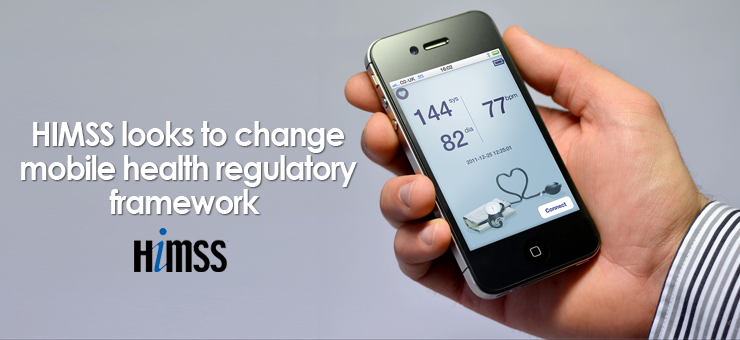The usage of mobile devices in the healthcare industry is on the rise. Physicians, providers, hospitals and support staff are now increasingly using mobile devices to carry out their duties to provide coordinated healthcare to population health groups. The shift from desktop-based Electronic Health Record (EHR) software to mobile-based EHRs is largely due to the convenience and mobility these devices offer. They can be used by healthcare professionals anywhere inside the practice, or even outside of it. They provide instant access to vital patient records and scheduling services for physicians.
One such product is “All-in-One” Cloud from CureMD.
As the usage of mobile devices in healthcare increases, so does the need to regulate the shift. The Healthcare Information and Management Systems Society (HIMSS) is responsible for managing the usage of technology in the healthcare industry by providing the legal framework for it.
Recently, HIMSS specified that the FDA needs to redo its guidance on mobile health apps which it issued this past September. As per HIMSS, the guidance leaves too many gray areas, and one particular area which HIMSS would like to see clearly outlined in regulatory framework is Electronic Health Records and clinical decision support.
The major issue on part of the FDA, is that it intentionally left way too much room for enforcement discretion, in its guidance on mobile health apps. Although mobile health app developers would have been pleased to read the new guidelines, it left a lot of health technologies with no rules to abide by.
One example in this regard is that Electronic Health Records and clinical decision support tools will not be regulated as medical devices, as per their current capabilities. This was made clear by HIMSS in a letter sent to Health and Human Services Secretary Kathleen Sebelius.
According to the letter by the association, “HIMSS recommends that such health IT products, be subject to a new risk-based oversight framework that takes into account factors such as risk relative to intended use and cost/benefit of any proposed oversight and the construct of shared responsibilities, with the intent of ensuring patient safety and appropriate improvements in quality, effectiveness, and efficiency of care delivery.”
Furthermore, HIMSS said that the most ideal framework would:
- balance costs and benefits,
- ensure clear, consistent, and non-duplicative language and enforcement,
- be affordable to parties expected to shoulder the costs, and
- avoid adding burdens that stall improvements to care delivery and safety.
The existing regulatory framework for medical devices must evolve to recognize the increasing presence of health IT. This is a field which brings a new level of interconnectivity in the healthcare ecosystem, which the current system does not offer. In addition, instead of classifying EHR and CDS as medical devices, it is important to understand that the degree and frequency of local customization of health IT products, sets them apart from traditional medical devices.
Today, health information is already being successfully exchanged in a secure and safe manner in many clinical settings between systems and products. Health IT therefore needs its own regulatory framework as well in order to meet the challenges of the future.

Join the Discussion!